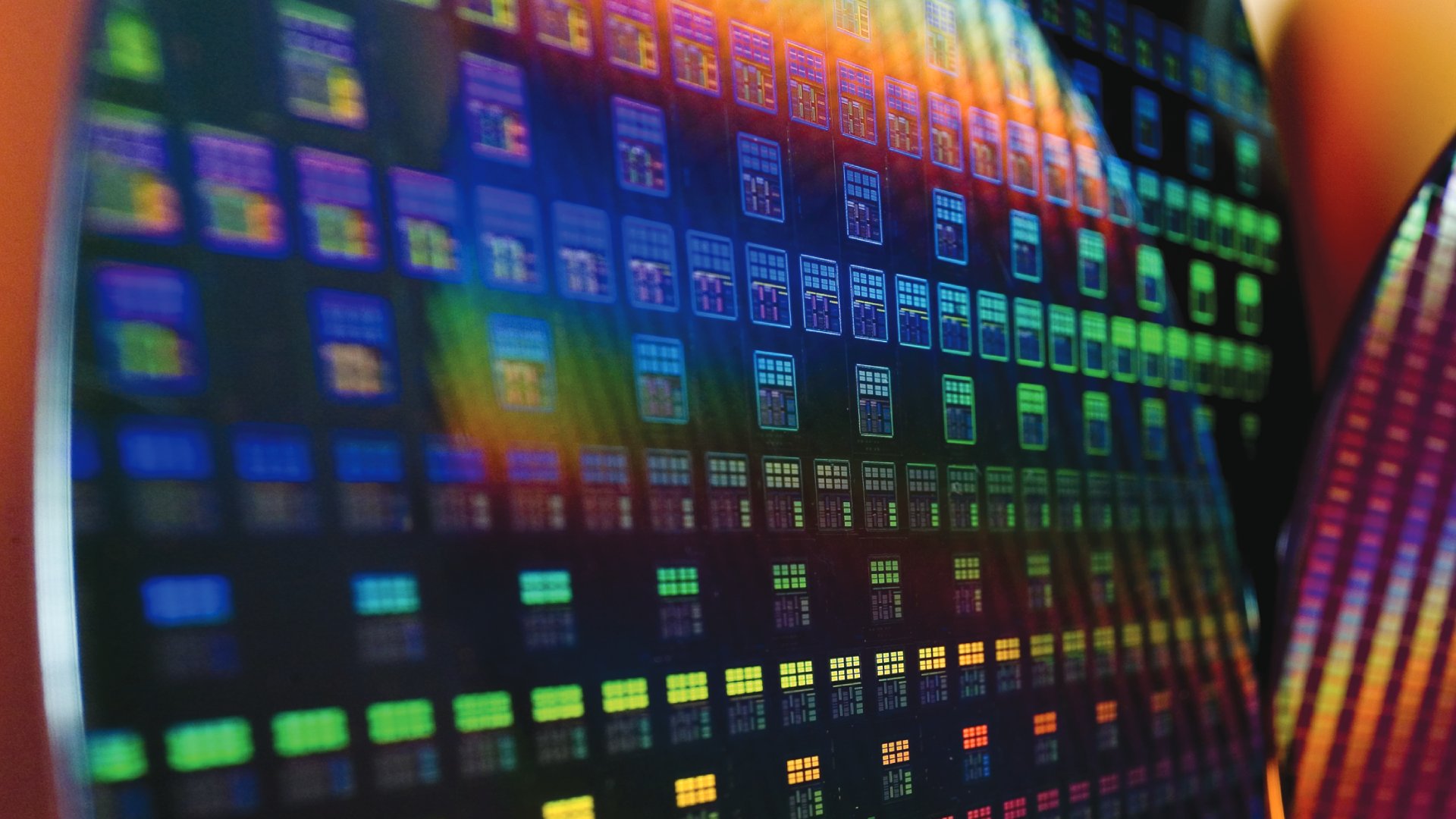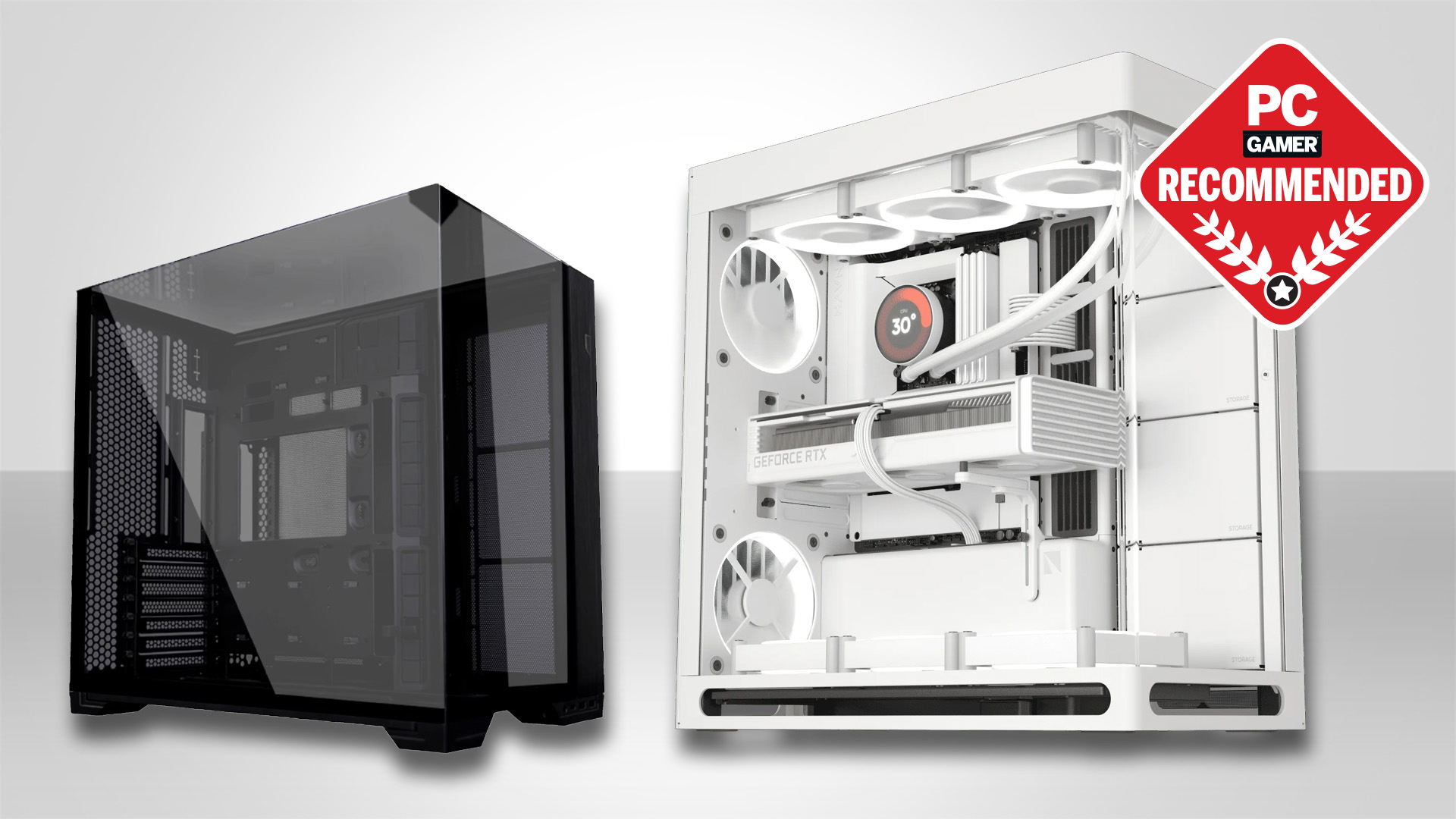TSMC's next-gen 2nm silicon is reportedly on track for later this year but don't expect chips for PCs until 2027 and beyond
Maybe Moore's law isn't quite dead.

The ongoing viability of Moore's law is up for debate. But it seems Taiwanese megfab TSMC is determined to crank out new silicon regardless. The latest reports claim TSMC's next-gen 2nm chip node, branded N2, is set for volume production later this year. However, it's unlikely we'll see TSMC N2 chips in our PCs until at the very earliest 2026 and maybe even 2027 and beyond.
According to Chinese news site UDN, progress with N2 at TSMC's "Kaohsiung" or North fab is going better than expected, allowing the company to stick to plans going back to 2023 for mass production later this year.
As ever, Apple is expected to be the first customer for the new N2 node, though UDN claims Huida, Qualcomm and MediaTek and, wait for it, AMD are in the running to be early adopters.
However, before anyone expects N2 chips in their PCs in 2025, the timeline is a little more laggy than that. As Dylan Patel from SemiAnalysis points out, even with mass production in late 2025, it'll take a while before we see N2 chips in products we can buy.
"N2 wafers take ~14 weeks to be fabricated across thousands of steps + couple months for packaging assembly. The absolute soonest a product can come out with N2 is ~Q2 2026," Patel points out.
Of course, it's also worth noting that neither AMD nor Nvidia is even using TSMC's N3 node yet. Indeed, both companies are in the throes of releasing brand new GPU families on the old N4 node, which is a development of N5 or 5nm silicon.
That is despite the fact that the Apple iPhone 15 Pro went on sale in September 2023 with N3 silicon and TSMC has since introduced two further derivations of its 3nm node, known as N3E and N3P, the former being used in Apple's M4 chips for MacBooks and A18 SoCs for iPhones.
Keep up to date with the most important stories and the best deals, as picked by the PC Gamer team.
In other words, we're 18 months out from the first N3-based products, and you still can't buy anything with N3 from AMD or Nvidia. Add 18 months to the predicted mid 2026 timeframe for products with N2 and you're looking at late 2027 or into 2028.
Of course, you can get TSMC N3 silicon in a PC. Intel uses it in both its Lunar Lake laptop chips and its new Arrow Lake. But the point holds that even if chips with TSMC's N2 silicon appear in mid 2026, it doesn't follow that the PC will be flooded with them in short order.
However, this is actually all good news. What it means is that PC GPUs, and let's be honest, it's GPUs above all that can really make use of the improved density of new silicon nodes, almost certainly have another two new nodes coming down the line in a timely fashion.

Best CPU for gaming: The top chips from Intel and AMD.
Best gaming motherboard: The right boards.
Best graphics card: Your perfect pixel-pusher awaits.
Best SSD for gaming: Get into the game ahead of the rest.
It seems pretty likely that whatever follows Nvidia's RTX 50 GPUs and AMD's RDNA 4 chips will use TSMC N3 silicon, after which future generations can move to N2.
TSMC does indeed have a roadmap beyond N2. But when you consider both AMD and Nvidia used N5/4 for two generations of GPUs, that's arguably another four generations of faster GPUs before the need for anything more advanced than N2.
One final note of positivity, while we're at it, involves SRAM scaling. SRAM is a kind of on-chip memory and for various reasons, chip fabs have struggled to shrink SRAM bit cells to the same extent as logic gates.
If SRAM can't be shrunk, it undermines some of the overall density progress of a given new node. However, TSMC is claiming decent progress when it comes to SRAM density for N2, unlike N3. All of which means that there should be plenty to look forward to when it comes to faster more complex PC chips, at least for the better part of the next decade.

Jeremy has been writing about technology and PCs since the 90nm Netburst era (Google it!) and enjoys nothing more than a serious dissertation on the finer points of monitor input lag and overshoot followed by a forensic examination of advanced lithography. Or maybe he just likes machines that go “ping!” He also has a thing for tennis and cars.

